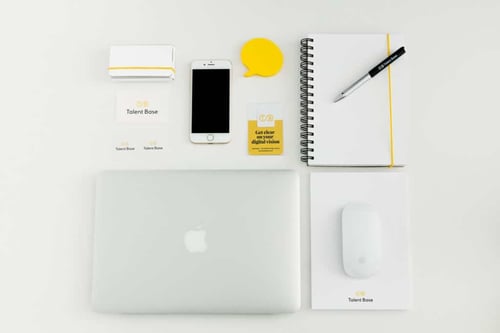Remote UX testing is not only an alternative – sometimes it can be the answer
Meet the user wherever they are, in order to test early and test often. It is crucial that the test process opens up for self-reflection and different usage scenarios.
Let’s start with the prototype testing. You are in a quiet space in a work environment or in a neutral habitat related to the subject with equipment for recording with one or several selected users. Your user gets the short instructions and is also asked to think out loud.
Loud and clear which is good for the documentation.
All this is choreographed in a strict time plan in order to get enough test results through.
There are a few questions to ask about this tested and proven method. Would the result have been different if you had not been present and recording? Could the prototype been tested as part of a natural workflow, where the user was more likely to explore by own hand on a mobile device rather than the big screen available at the workplace?

Could the prototype been tested as part of a natural workflow?
The real use of this product might first take place on the way home or on the sofa with another relaxed mindset. The overall evaluation of the concept could have provided a wider aspect of answers if there was an opportunity to try again and evaluate after a process of self-reflection.
The remote testing gives you this flexibility to get the attention and time of the users at the best possible time – no matter in which time zone you are. It is possible to stop, sharpen the case and start the test over anytime while you still keep track of the behaviour pattern and hot spots on the overall test.
The remote testing also allows you to clarify tone of voice in the full product flow including text messages, emails and direct messaging. This is an opportunity to focus on the holistic customer experience.
The remote testing is an opportunity to focus on the holistic customer experience.
Off course there is a setup to do these flexible tests. You will need newsletters and customer service to recruit users for your testing database. You need those who know the product by heart. It's a great way to get your stakeholders engaged early in the process and in the long run. Use Social Media campaigns to get in touch with potential users who are not already part of the fan base. The time used for recruitment may seem like a hassle at first, but you will be able to make faster tests more often with shorter notice.
Remote testing is an intuitive way of gathering valid information in actual user situations. If the test users have the opportunity to add pictures, video or audio of real-life situations you are just one step away from becoming the UX anthropologist. That will be the next new black.


.png?width=500&name=Miten%20teko%C3%A4ly%20tunnistaa%20emootioita%20vastuullisesti%20(2).png)
.jpg?width=500&name=Loihde_some%20(55).jpg)